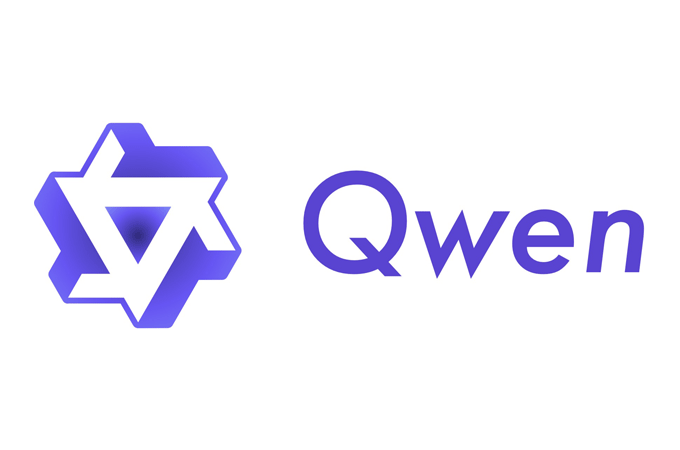In a move that’s got the science world buzzing—and not just from too much coffee—multiple institutes under the Chinese Academy of Sciences (CAS) have plugged into Alibaba’s QwQ-32B, the latest brainy offering from the tech giant’s Tongyi Qianwen lineup. Announced recently, this isn’t just a fancy upgrade for lab coats; it’s a full-on push to turbocharge research with one of the sharpest reasoning models out there. From tracking solar flares to sizing up coral reefs, QwQ-32B is proving that AI can be a scientist’s best friend—and maybe even make them look cooler at conferences.

The National Astronomical Observatories, the Institute of Qinghai-Tibetan Plateau Research, and the South China Sea Institute of Oceanology are among the CAS heavyweights now harnessing this 32-billion-parameter powerhouse. Alibaba’s Tongyi Qianwen team isn’t new to the academic game—over 300 research bodies and universities, including Fudan, Shandong, and Southeast Universities, plus other CAS outfits like the Institute of Geochemistry, are already on board. The goal? To crank up innovation and get big models doing real work, not just sitting pretty in a server room.
Take the National Astronomical Observatories, for instance. They’ve cooked up the Jinwu model—named after a mythical sunbird, because why not?—to tackle solar flares. This isn’t about pretty sunsets; it’s about predicting X-class flares, the kind that can zap satellites and mess with your GPS. With QwQ-32B’s help, Jinwu’s hitting a 95% accuracy rate and a perfect 100% true positive score. That’s the kind of stat that makes astronomers sleep better at night, knowing the sun’s tantrums won’t catch them off guard.
Meanwhile, up on the roof of the world, the Qinghai-Tibetan Plateau Institute has rolled out the Luoshu model—think of it as a river whisperer. It traces runoff patterns and forecasts water flow with a jaw-dropping 98% accuracy, setting a new gold standard (or SOTA, for the acronym fans). This isn’t just academic flexing; it’s gearing up to shape energy planning across multiple scenarios. Water’s a big deal when you’re powering a nation, and Luoshu’s got the numbers to prove it.
Down south, the South China Sea Institute of Oceanology is making waves with its Yaohua model. This clever creation peers into coral reefs, identifying species, measuring coverage, and analyzing the seabed like a marine detective. It’s all about keeping tabs on coral health and ecosystem shifts—vital work when climate change is playing underwater roulette. With QwQ-32B’s smarts, Yaohua is turning raw data into actionable insights, giving researchers a clearer picture of life beneath the waves.
So, what’s the big picture? Alibaba’s QwQ-32B isn’t just a tool; it’s a partner in the lab, helping CAS institutes tackle everything from cosmic fireworks to earthly essentials. With its knack for reasoning and efficiency, it’s no surprise over 300 institutions are singing its praises. For scientists, this could mean less time crunching numbers and more time dreaming up the next big breakthrough—maybe even with a cheeky grin, knowing the future’s looking a little brighter, and a lot smarter.
